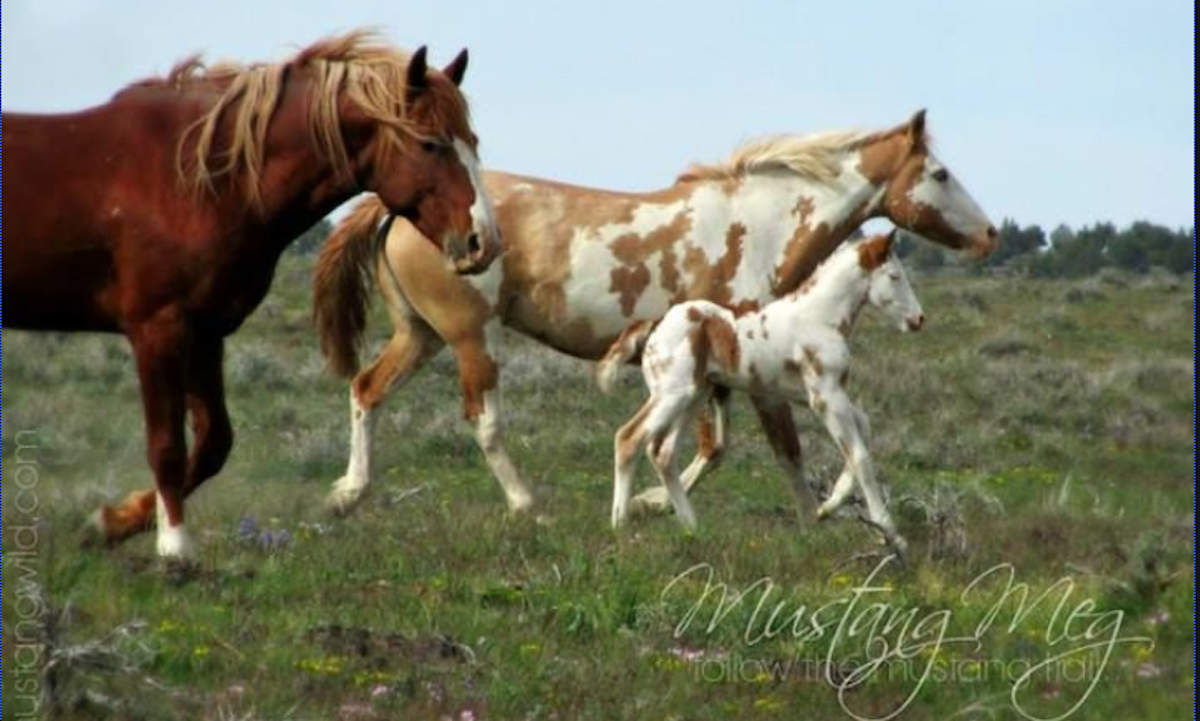Mare or Stallion: Which is the Better Predictor of Foal Quality?
Here's are the facts, according to new research.
Historically, the sire has been emphasized because of record keeping convenience. But the wisdom of that has been called into question by scientists.
Unlike mares, stallions can have hundreds of offspring, so it is possible to do statistical analysis to measure the racing performance and the quality of their offspring.
Despite that, some breeders maintain that the mare is the more important parent. For example, Thoroughbred horses are traced not just through the stallion line but through the mare (distaff line) as well. This maternal line is called a "family". This practice dates to the beginning of the General Stud Book (GSB) published by James Weatherby in 1791. The current female family tables were updated in 2004 by the Japanese Bloodstock Agency.
Unlike mares, stallions can have hundreds of offspring, so it is possible to do statistical analysis to measure the racing performance and the quality of their offspring.
Despite that, some breeders maintain that the mare is the more important parent. For example, Thoroughbred horses are traced not just through the stallion line but through the mare (distaff line) as well. This maternal line is called a "family". This practice dates to the beginning of the General Stud Book (GSB) published by James Weatherby in 1791. The current female family tables were updated in 2004 by the Japanese Bloodstock Agency.
An interesting example of maternal influence on bloodline is a mare known as Old Bald Peg placed in family 6, who was foaled around 1635. Most, if not all modern Thoroughbreds trace their ancestry to her through one or both sides of their pedigree.
Modern research on breeding quality is rooted in genetic analyses. In 2015, a paper entitled “Potential role of maternal lineage in the Thoroughbred breeding strategy” was published in Reproduction, Fertility and Development. It analyzed the racing ability of 675 Australian Thoroughbreds, categorizing them by average earnings per start. The top 30% of earners were put into the “Elite” group of performers and the remaining 70% into the “Poor” group. The horses were divided into four groups based on their parentage: Elite dam vs. Elite sire (EE), Elite dam vs. Poor sire (EP), Poor dam vs. Elite sire (PE), and Poor dam vs. Poor sire (PP).
Not surprisingly, the best performers were from the EE group (Elite dam and sire). But the worst were not from the PP group (Poor dam, Poor sire). The worst were from the PE group (Poor dam, Elite sire).
Modern research on breeding quality is rooted in genetic analyses. In 2015, a paper entitled “Potential role of maternal lineage in the Thoroughbred breeding strategy” was published in Reproduction, Fertility and Development. It analyzed the racing ability of 675 Australian Thoroughbreds, categorizing them by average earnings per start. The top 30% of earners were put into the “Elite” group of performers and the remaining 70% into the “Poor” group. The horses were divided into four groups based on their parentage: Elite dam vs. Elite sire (EE), Elite dam vs. Poor sire (EP), Poor dam vs. Elite sire (PE), and Poor dam vs. Poor sire (PP).
Not surprisingly, the best performers were from the EE group (Elite dam and sire). But the worst were not from the PP group (Poor dam, Poor sire). The worst were from the PE group (Poor dam, Elite sire).
These results showed that the mare’s genes were the better predictor of a horse’s performance than the stallion's.
You can read more about that here.
A sire can influence a foal's development in surprising ways. Recently, Cornell University researchers discovered that a sire’s genes take the lead in developing the dam’s placenta. This explains the “maternal grandsire” phenomenon—the fact that high-performance foals often skip a generation, coming from the daughter of a champion sire. You can read more about the study here.
A sire can influence a foal's development in surprising ways. Recently, Cornell University researchers discovered that a sire’s genes take the lead in developing the dam’s placenta. This explains the “maternal grandsire” phenomenon—the fact that high-performance foals often skip a generation, coming from the daughter of a champion sire. You can read more about the study here.
As long as you’re here, check these out!
Equestrian Products That Make Your Riding and Horse Care Easier and Better!
What Exactly Is A Warmblood?
All Modern Horses Are Descended From Just Two Ancient Horse Lines
Thoroughbred Quarterhorse Arabian Race Each Other
Is Buckskin a Color or a Breed of Horse?
Do Some Breeds of Horses Live Longer Than Others?
Happy riding!
Copyright Denise Cummins Feb 4, 2020; Updated June 27, 2024
The Thinking Equestrian
Opening Photo Credit: https://equine-world.co.uk/info/about-horses/horse-gender-definitions
Equestrian Products That Make Your Riding and Horse Care Easier and Better!
What Exactly Is A Warmblood?
All Modern Horses Are Descended From Just Two Ancient Horse Lines
Thoroughbred Quarterhorse Arabian Race Each Other
Is Buckskin a Color or a Breed of Horse?
Do Some Breeds of Horses Live Longer Than Others?
Happy riding!
Copyright Denise Cummins Feb 4, 2020; Updated June 27, 2024
The Thinking Equestrian
Opening Photo Credit: https://equine-world.co.uk/info/about-horses/horse-gender-definitions

